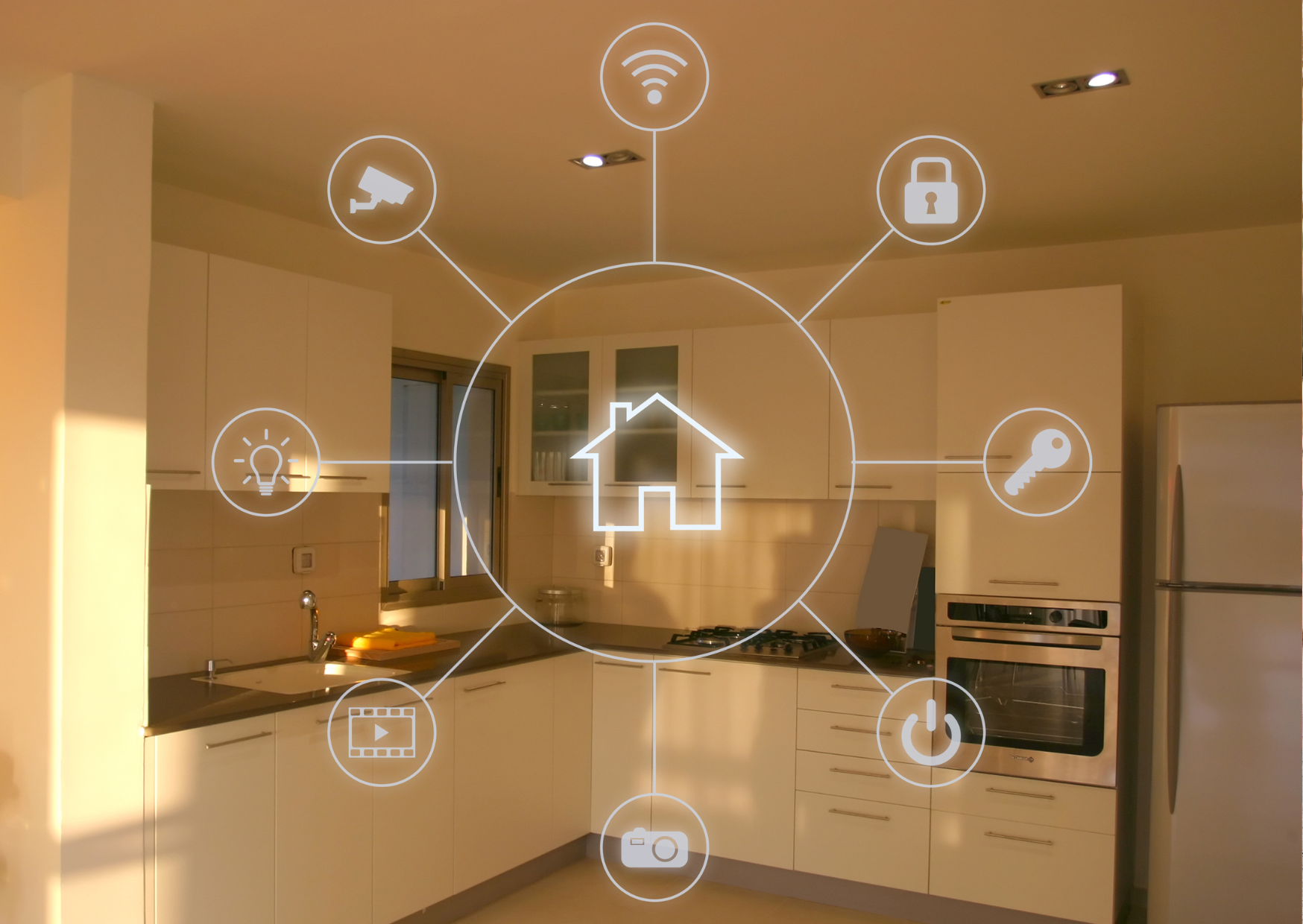The real estate industry is undergoing a profound transformation. With technological advancements, shifting societal preferences, and evolving economic factors, the future of real estate is exciting and full of change and opportunity. As we look toward 2025 and beyond, several key trends will shape how we buy, sell, and live in properties. Let’s explore what’s on the horizon.
1. The Rise of Smart Homes and IoT Integration
As technology continues to evolve, the demand for smart homes is on the rise. The Internet of Things (IoT) is creating connected homes where devices, appliances, and systems work together to improve comfort, security, and energy efficiency. By 2025, we can expect to see an even greater integration of smart technology in homes. These innovations will become a standard feature in many properties, from voice-controlled thermostats to AI-driven security systems.
Smart homes not only enhance the living experience but also increase a property’s value, making them highly desirable for buyers. Additionally, the growing awareness of energy consumption means that eco-friendly and tech-driven solutions, such as smart lighting and energy-efficient appliances, will be more commonplace.
2. Sustainability and Green Building Practices
Sustainability is no longer a buzzword; it’s a necessity. As climate change and environmental concerns take center stage, real estate developers are increasingly focused on sustainable building practices. Green certifications, energy-efficient designs, and eco-friendly materials will become standard in new construction and renovation projects.
In fact, according to the U.S. Green Building Council, buildings that incorporate sustainable features see a 7% higher rental income and a 6% higher occupancy rate. This trend is only expected to accelerate, as both consumers and investors prioritize sustainability in their purchasing and investment decisions.
3. The Evolution of Urban Living: Hybrid and Remote Work
The COVID-19 pandemic fundamentally altered how we work, and the shift to hybrid and remote work is expected to continue shaping the real estate market. In urban centers, demand for flexible spaces is on the rise, with more people seeking homes that accommodate home offices, co-working spaces, and adaptable layouts.
In suburban and rural areas, we’re seeing a rise in interest as people seek more space and a quieter environment, but still want to maintain proximity to urban hubs for occasional in-person meetings. As remote work remains a fixture, developers will be keen to cater to these evolving needs by designing flexible living spaces that offer both comfort and functionality.
4. PropTech and Real Estate Digitization
From virtual home tours to blockchain-based property transactions, PropTech (property technology) is simplifying the buying, selling, and leasing processes. Virtual reality (VR) and augmented reality (AR) will continue to transform property tours, allowing potential buyers to explore homes without leaving their current location.
Blockchain, which promises to reduce fraud and increase transparency in real estate transactions, is gaining traction. As these technologies continue to mature, the real estate industry will become more efficient, faster, and less reliant on traditional intermediaries.
5. Short-Term Rentals: The Growth of the “Experience Economy”
The popularity of short-term rentals, fueled by platforms like Airbnb and Vrbo, is expected to continue growing. People are increasingly seeking unique, personalized experiences when traveling, and short-term rental properties offer that flexibility. Whether it’s a weekend getaway in a cozy cabin or an urban loft with a local touch, short-term rentals offer a different experience compared to traditional hotels. They also appeal to families for whom separate bedrooms, a full kitchen, and amenities like a fenced-in yard or pool make for a more relaxing, comfortable stay than a traditional hotel room.
This trend is likely to impact both urban and rural markets, as owners look to capitalize on the growing demand for flexible, experience-driven travel accommodations.
6. Affordable Housing Solutions
As housing prices continue to rise, the issue of affordable housing remains a top concern. In many markets, the gap between demand and supply of affordable homes is widening. To address this, developers are exploring innovative solutions such as modular housing, micro-apartments, and 3D-printed homes. These emerging technologies could provide more affordable, sustainable housing options, offering hope to first-time buyers and low-income families.
Cities and communities will need to find ways to address housing affordability through policy changes, zoning reforms, and innovative building practices to keep up with the growing demand.
Looking Ahead
As we approach 2025, the real estate industry is set for a period of significant transformation. Whether it’s through the rise of smart technology, the focus on sustainability, or the continued impact of remote work, the industry will need to stay agile to meet the evolving needs of buyers, sellers, and renters.
For real estate professionals, understanding these trends and adapting to the changing landscape will be key to staying competitive in the marketplace. Embracing innovation, sustainability, and flexibility will ensure success in this dynamic and ever-evolving industry.


